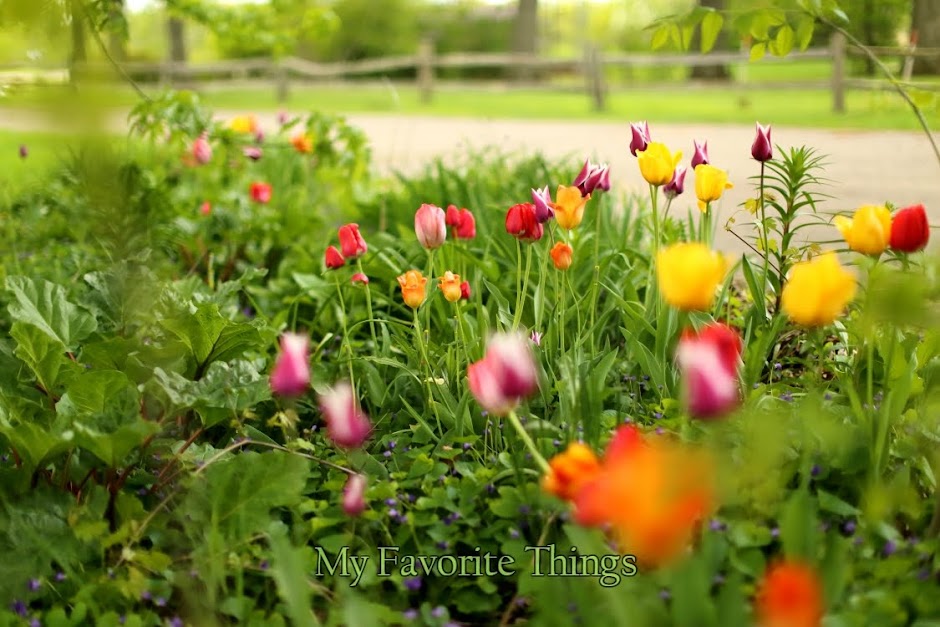 Earlier this spring I purchased a Latham raspberry plant (and a Heritage raspberry plant, but as the title of this blog indicates, I intend to blog about the Latham raspberry plant). I meant to be patient and planned that the one plant will, eventually over time, branch out and create more plants. Of course, I changed my mind and wanted more plants so that I might have raspberries to enjoy next spring.
Earlier this spring I purchased a Latham raspberry plant (and a Heritage raspberry plant, but as the title of this blog indicates, I intend to blog about the Latham raspberry plant). I meant to be patient and planned that the one plant will, eventually over time, branch out and create more plants. Of course, I changed my mind and wanted more plants so that I might have raspberries to enjoy next spring.So what did I do? Well, I looked around for this particular raspberry plant. Many of the online nurseries were offering it for a cheap price, but considering my last experience, I opted to look elsewhere. While conducting a search online, something from Craigslist came up. Apparently a lot of local homeowners are offering their raspberry plants for sale but the origins of these plants were either unknown or not Latham. However, there was one ad from a seller indicating that the seller had LOTS of Latham raspberry plants for sell, and of course for a very good price.
I contacted the seller and he dropped off four plants at my home this evening, to which I immediately planted. Four plants under twenty dollars, with free shipping, how much better can this get?
So now I wait (what's new, right?). The Latham raspberry plant produces red raspberries (as opposed to yellow or black raspberries) and is summer bearing (raspberry plants are either summer bearing or ever bearing), meaning that it produces fruit on second year old canes. For example, the canes that are produced this summer on my raspberry plants will fruit next year. Once the canes have fruited, then it needs to be cut down. Of course, Latham is hardy to my zone, and I believe it may have been bred in Minnesota. I've read that the fruit is a bit more crumbly, but still yummy. I guess in time I will find out.







 With just a little lingering of hope left in my heart, I pretty much gave up on growing my own rhubarb plant. Then yesterday the topic of rhubarb came up between a co-worker and I. She was surprised to hear that I actually want to grow rhubarb because she hates rhubarb and can't imagine anyone wanting to grow it (apparently her mother turned her off from rhubarb for life because as a child she ate a rhubarb pie that her mother forgot to add sugar to). She had so many rhubarb growing in her yard (and considering that she hates rhubarb) that she was more than happy to give away what she had in her yard.
With just a little lingering of hope left in my heart, I pretty much gave up on growing my own rhubarb plant. Then yesterday the topic of rhubarb came up between a co-worker and I. She was surprised to hear that I actually want to grow rhubarb because she hates rhubarb and can't imagine anyone wanting to grow it (apparently her mother turned her off from rhubarb for life because as a child she ate a rhubarb pie that her mother forgot to add sugar to). She had so many rhubarb growing in her yard (and considering that she hates rhubarb) that she was more than happy to give away what she had in her yard.

